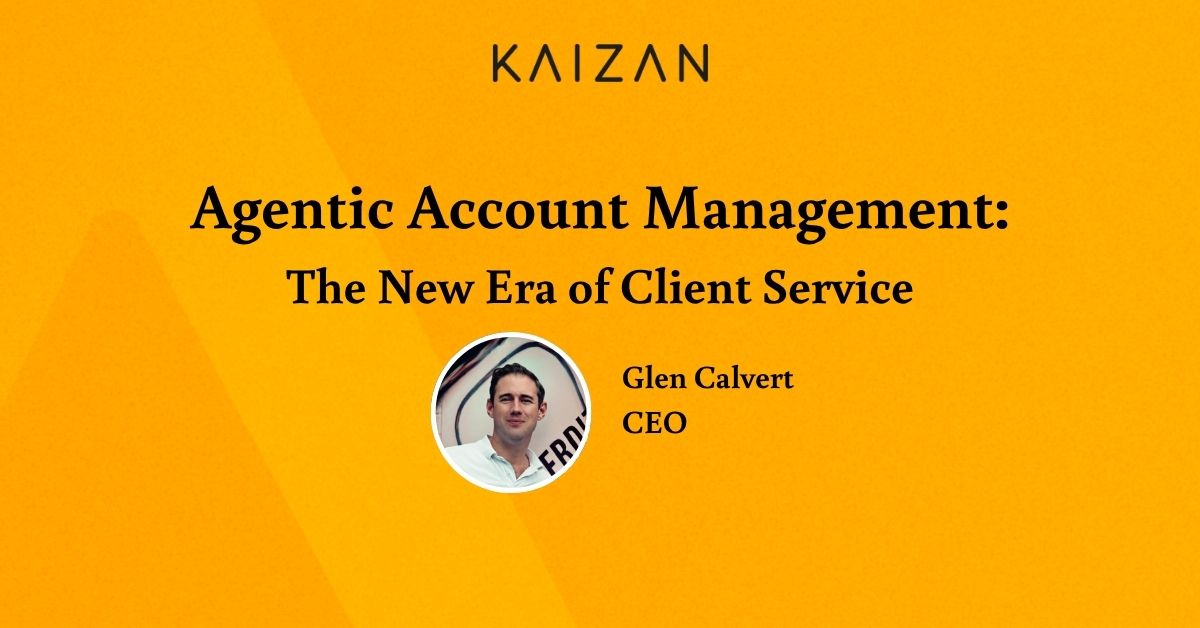Five Strategies for Preventing Client Churn

Five Strategies for Preventing Client Churn
Client churn, also referred to as client attrition, is when clients stop doing business with you. It’s measured using churn rate, a percentage calculation of how many clients you lose in a period of time. It’s one of the most important problems for client service teams to prevent.
The importance of client churn is hard to overstate. Client retention decreases costs and increases profits. Acquiring a new client has been estimated at anywhere between five and 25 times as costly as retaining an existing one. Research in the financial services sector found that companies saw a 25% increase in profits through only a 5% increase in retention. Long-term client retention is also linked with client engagement, turning long-standing clients from mere business interests into evangelists and community members who help spread the word about your business.

For client success, it’s not enough to understand what client churn means, you also have to be ready to tackle the problem. Here are five strategies that can reduce client churn.
Understand When and Why Client Churn Happens
When we talk about how to identify client churn, we’re often talking about the big picture. Client churn rate is a useful performance measure, telling you how your business is doing overall, but it won’t tell you why client churn is happening or what you can do about it.
It is possible to tackle some of your client churn without looking into its specific causes, using strategies we’ll discuss below that can be applied across the board. But if you can understand which clients are most likely to leave you, when, and why, then you can focus your efforts to get the biggest rewards.
To find those answers, you need to do some deeper diagnostic work. There are a lot of different approaches to client churn analysis, and software that can help you with this, but two approaches are fundamental.
Patterns in Your Client Population
Firstly, look at the reasons why clients are leaving.
If you can set up a survey to gather data from clients leaving your service, then do this. If not, look through emails and call transcripts to see if client stakeholders told you why they were going. Were there problems not long before they left? Did they raise complaints or ask for a cheaper price? This information can give you an overall picture of the reasons for churn.
If you have enough clients, then try breaking this analysis down by cohorts. Are older clients more likely to leave? Do new clients have different reasons for abandoning you? Are the clients you lose high or low spenders? These patterns help identify weaknesses in your business model and make improvements.
With this analysis, don’t stop with the surface reasons people give for leaving. Once you’ve identified the biggest problems driving client churn, ask why a problem is arising, and keep asking that question until you find the fundamental root cause. Do your clients say that you’re too expensive because you’ve raised your prices, and competitors have lowered theirs, or because you’re marketing to the wrong demographic in the first place?
Predicting Client Journeys
The second approach in how to analyse client churn is to focus on individual client journeys instead of the client population. This means looking at records preceding clients’ departures so that you can predict when a client will churn. This might be signalled by low client engagement and satisfaction scores, patterns in their communication, a change in their spending, or some other sign.
If you can identify this pattern, then you may be able to pre-empt the client’s departure. Set up an alert on your CRM or Client Intelligence system for clients falling into pre-churn patterns, or have your team search for clients who may be close to churning. Work out why they’re leaving, and engage in targeted efforts to keep these clients happy. It might feel like extra work, but it will be less than the effort of finding new clients.
Once you understand how to analyse client churn, you can focus your work where it will make the biggest difference. But there are also broader tactics you can apply.
Look After Your Top Clients
Analysing client churn and big data is useful, but it can distract you from one of the easiest wins: looking after your top clients.
The churn of any client is a loss, but the churn of the big spenders hurts you the most. Time spent keeping them on board will bring the biggest rewards, so it’s worth looking after them regardless of what the data says.
Some client churn is inevitable, so the focus here is on preventing top clients from being the ones to leave. Top clients aren’t always the ones spending a lot right now, they’re the ones who will give you the most benefit over the long term. Calculate client lifetime value, and identify the clients whose combination of long-term business and higher spending means that they’re most valuable.
Use this information to assemble a specific anti-churn list, and make an effort to do more for those clients: more support, more communications, more benefits. If your other analysis work has given you ideas for how to stop client churn, then start implementing those strategies for your high-value clients first.
Provide Incentives
When you’re looking at how to reduce client churn, incentives are fundamental. Several industries have faced dissatisfaction because they focused their rewards on new clients without giving established clients an incentive to stay. That leads to high churn, instability, and rising costs from managing a constantly shifting client base.
The type of incentives you offer will vary depending upon your industry and your business model. Delaying price rises for established clients, offering early access and discounts on new products, or extra support and services for long-term clients are all options.
To have the best impact in preventing client churn, it’s worth targeting these incentives. Offer more for clients with a high lifetime value or those in your client base that are more vulnerable to churn. If you’ve identified patterns in client behaviour that indicate they’re considering leaving, then offer those clients incentives to stay.
Whatever incentives you offer and however you target them, take the time to analyse their impact. Does churn fall after you implement a new incentive? If not, then you need another approach. If possible, apply different incentives to different client cohorts, to determine what will make the biggest difference in preventing client churn. Refine your incentives based on what you learn. Never assume that the incentives you prefer will also suit your clients.
Proactive Communication and Feedback Systems
The client journey is a relationship between you and your client, and like any relationship, it benefits from good communication. Through good communication, you can identify clients at risk of churning, make them feel valued, and increase the chances that they will stay with you.
A large part of good communication is good listening. That means giving the other person space to talk and then responding appropriately. For clients, this means providing clear communication channels, encouraging them to get in contact, and always providing a swift response.
Listening is beneficial in itself, making the client feel like you care. The attention you pay to this will also help you to identify who is a dissatisfied client and increase your chances or predicting when a client will churn.
While listening is important, preventing client churn is also about proactive communication. It’s important to have a process that includes action items to reach out to clients, especially those with high value or in groups with a greater risk of leaving. Remind the client of your existence and your value to them, and open up opportunities for them to contact you about any problems. Keep the communications useful, relevant, and not too long. While communication is good, too much can become boring or overwhelming, so keep it focused.
Build a Community
If you have the opportunity, then building a community around your brand is a great way to reduce client churn. A community creates a deeper web of connections, binding clients to you through their connections with each other. The value and validation this brings will make them less likely to leave. They’re not just staying for you, they’re staying for their friends in the community.
Some organisations build communities around their own forums and support pages, where conversations are focused on their products and they can remove toxic elements. However, the relative isolation of these enclosed digital spaces makes them less accessible. Social media conversations are a more natural space for modern online communities, as people can easily slide from other conversations into yours. By responding to messages and encouraging your followers to interact with each other, you can build up a community.
If you’re lucky, you might even be able to build an offline community around your business. This can be even more powerful, as the connections are more substantial, but it very much depends upon what your business does. Make the most of suitable events and occasions to connect with your clients and let them know the people behind the brand.
Preventing client churn requires substantial time and investment in key areas; it can involve analysis, incentives, communications, and community building. But though this can feel costly, it’s a lot cheaper than the alternative.
Acquiring new clients costs at least five times as much as retaining old ones, while a 5% increase in retention efforts can produce a 25% increase in profits. With figures like these, retention stops looking like an extra burden and becomes a fundamental part of client success.



